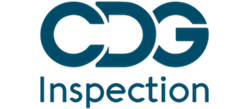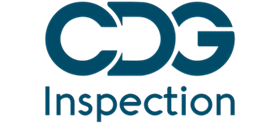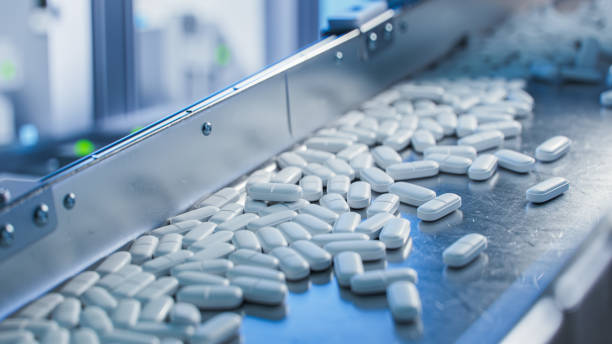Introduction:
In the pharmaceutical industry, ensuring product safety, quality, and regulatory compliance is of paramount importance. One critical aspect of this is the proper labeling and packaging of pharmaceutical products, as these elements directly impact patient safety and product integrity. The European Union’s Good Manufacturing Practice (EU GMP) regulations set forth rigorous guidelines for pharmaceutical manufacturers to follow, including specific requirements for labeling and packaging. Audits play a pivotal role in ensuring that these requirements are met, helping to maintain product quality, minimize risks, and safeguard public health.
EU GMP Regulations: Labeling and Packaging Requirements
EU GMP regulations provide a comprehensive framework for pharmaceutical manufacturing, encompassing various aspects such as facilities, equipment, personnel, documentation, and more. Specific regulations related to labeling and packaging are outlined in Part II of the EU GMP guidelines. These regulations cover various aspects of labeling and packaging, including:
- Labeling Accuracy and Clarity: Labels on pharmaceutical products must be accurate, clear, and easy to read. They should provide essential information, such as product name, strength, dosage form, route of administration, batch number, expiry date, storage conditions, and any warnings or precautions.
- Packaging Integrity: Packaging materials must be of suitable quality to ensure the integrity of the product throughout its shelf life. This involves preventing contamination, protecting against physical damage, and maintaining proper barrier properties to preserve the product’s stability.
- Tamper-Evident Features: Medicinal products must be equipped with tamper-evident features to provide visual evidence of tampering or unauthorized access. This is crucial for assuring patients that the product has not been compromised.
- Language and Presentation: Labels and packaging must be in the official language(s) of the country where the product is marketed. The presentation of information should be consistent and user-friendly to assist healthcare professionals and patients in understanding key details.
The Role of Audits in Ensuring Compliance
Audits are systematic and independent assessments of a pharmaceutical manufacturer’s operations, processes, and systems to determine their compliance with established standards and regulations. In the context of EU GMP, audits are essential for ensuring that labeling and packaging requirements are adhered to. Here’s how audits contribute to compliance:
- Verification of Processes: Audits involve a comprehensive review of the manufacturer’s processes related to labeling and packaging. This includes assessing the adequacy of procedures, workflows, and controls in place to ensure accurate labeling, proper packaging, and tamper-evident features.
- Identification of Discrepancies: Auditors meticulously compare the manufacturer’s practices against EU GMP regulations. Any discrepancies or deviations from the requirements are identified during the audit process. This could include issues such as incomplete or inaccurate labeling, substandard packaging materials, or insufficient tamper-evident measures.
- Risk Assessment: Audits help in identifying potential risks associated with non-compliance in labeling and packaging. These risks could range from compromised patient safety due to incorrect dosing information to legal consequences stemming from non-compliance with regulatory standards.
- Corrective and Preventive Actions (CAPA): When non-compliance issues are detected during an audit, the manufacturer is required to implement CAPA plans. These plans outline the steps that will be taken to rectify the issues and prevent their recurrence. Auditors evaluate the adequacy and effectiveness of CAPA plans, ensuring that appropriate measures are taken to address deficiencies.
- Continuous Improvement: Audits foster a culture of continuous improvement within pharmaceutical manufacturing companies. Through the audit process, manufacturers can identify areas for enhancement in their labeling and packaging practices, leading to increased operational efficiency and product quality.
- Third-Party Audits: In addition to internal audits conducted by the manufacturer, external third-party audits are often employed. These audits are conducted by independent organizations or regulatory agencies to provide an unbiased evaluation of compliance. Third-party audits hold significant weight in demonstrating a manufacturer’s commitment to meeting regulatory standards.
Conclusion
In the intricate landscape of pharmaceutical manufacturing, compliance with labeling and packaging requirements is an indispensable element of ensuring product quality, patient safety, and regulatory adherence. The EU GMP regulations set stringent standards for these aspects, and audits emerge as a critical tool for maintaining compliance. By systematically evaluating processes, identifying discrepancies, assessing risks, and overseeing corrective actions, audits play a pivotal role in upholding the integrity of pharmaceutical products and safeguarding public health. Through the continuous cycle of audits and improvements, pharmaceutical manufacturers can strive for excellence in meeting EU GMP labeling and packaging requirements.





